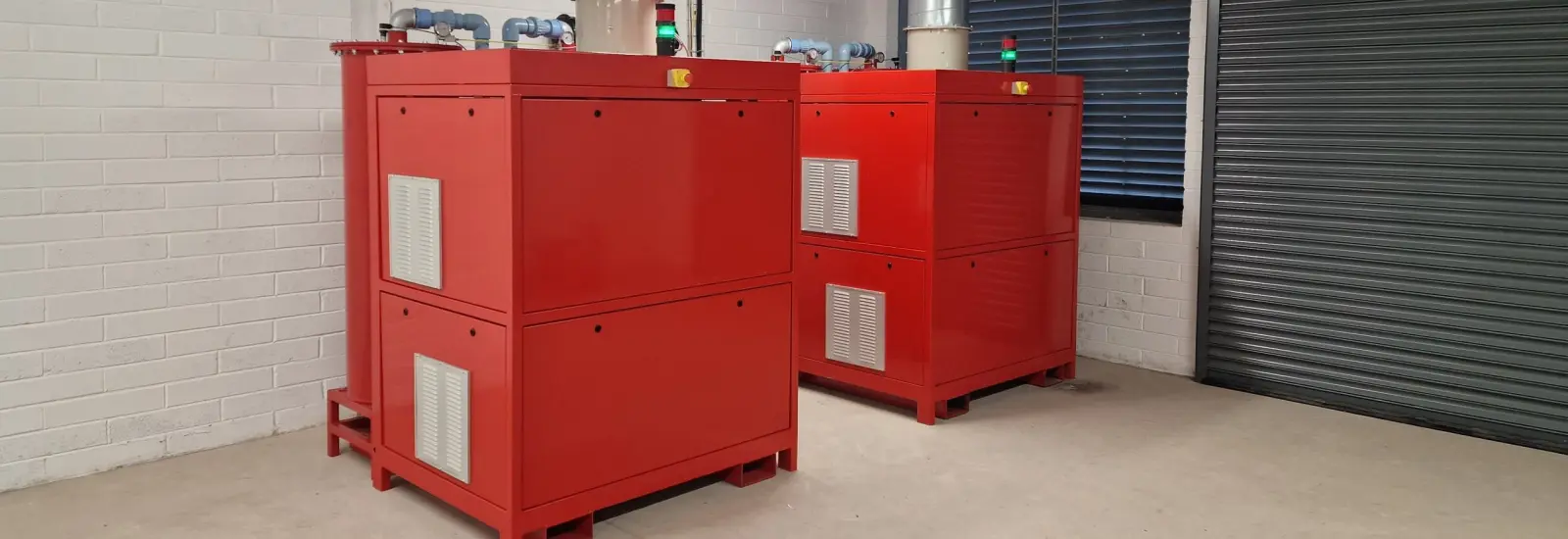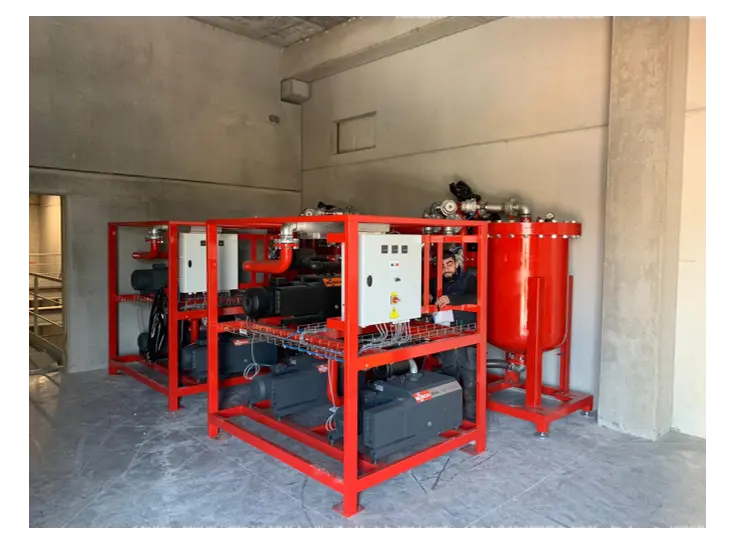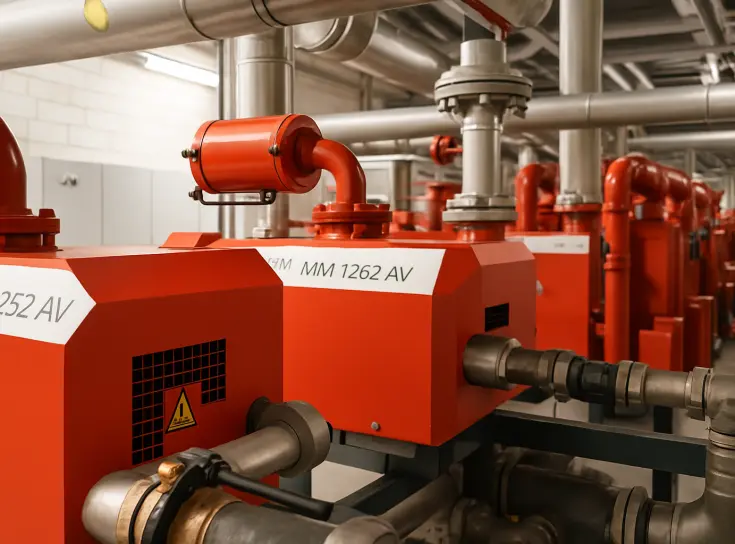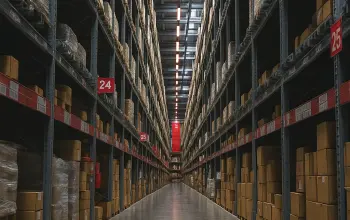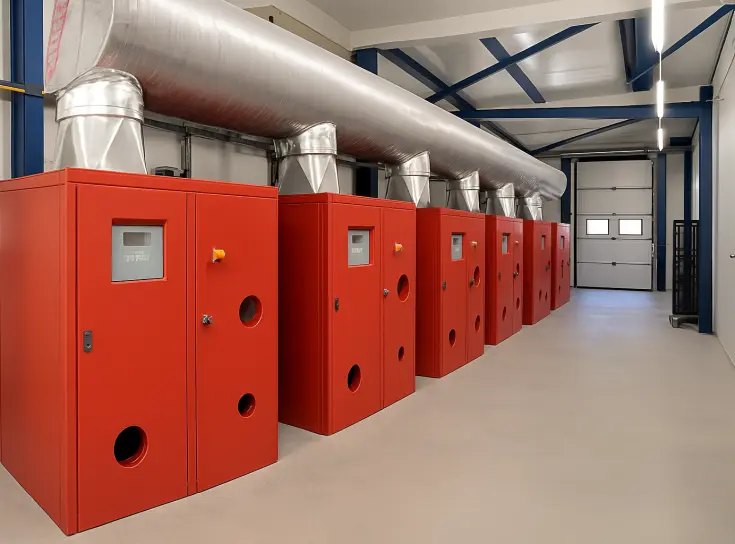
The Storex VSA N2 generator concept
Each Storex VSA N2 generator consists of two vessels (each filled with a special type of CMS activated carbon), pneumatically controlled valves, a vacuum pump, an air pump (blower), a control cabinet with the Storex PLC control process, and the necessary accessories.
The principle of the VSA (Vacuum Swing Adsorption) N2 generator works as follows.
In the left barrel, outside air is sucked in with a low-pressure blower at a pressure of 0.8-1.0 bar and passed through the activated carbon. The activated carbon adsorbs virtually all oxygen (21%) for approx. 50 seconds. This process results in a stream of concentrated nitrogen (97-99% N2 nitrogen and 3-1% O2 residual oxygen O2), which is discharged via the generator to the storage facility.
While oxygen is being adsorbed in the left-hand vessel, the activated carbon is cleaned in the right-hand vessel. This is done by creating a vacuum, which extracts the absorbed oxygen from the activated carbon and discharges it into the outside air. When the cycle time of, for example, 50 seconds has elapsed, the pressure and vacuum of the vessels are reversed (swing) and nitrogen is then produced in the right-hand vessel and the left-hand vessel is cleaned. This cycle repeats continuously during nitrogen production.
The concept for the VSA N2 generator was first developed by Storex and introduced in 1993 for oxygen reduction in CA storage of fruit. In 2007, Storex successfully introduced the VSA N2 generator concept for fire prevention to replace a PSA installation.

